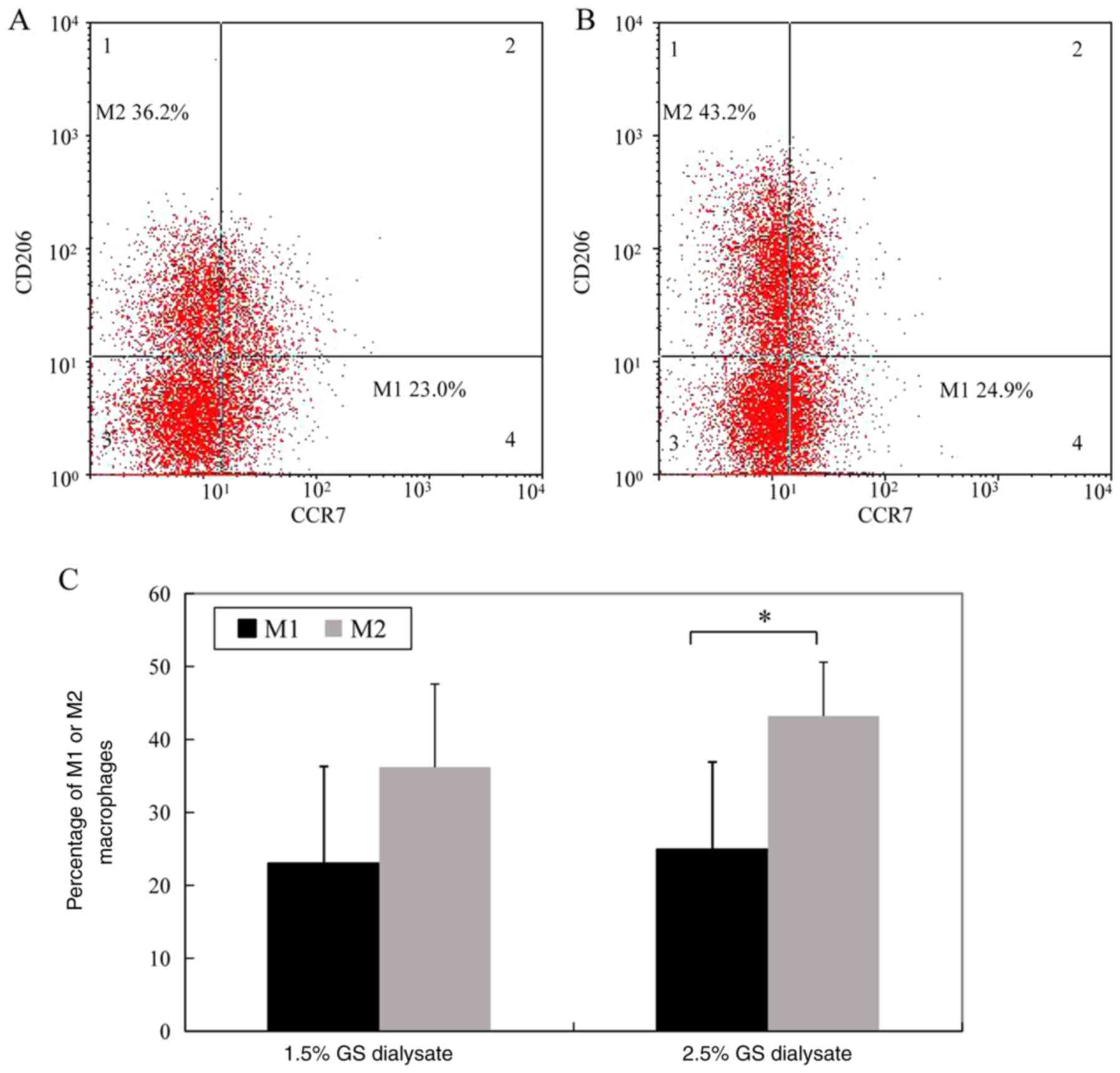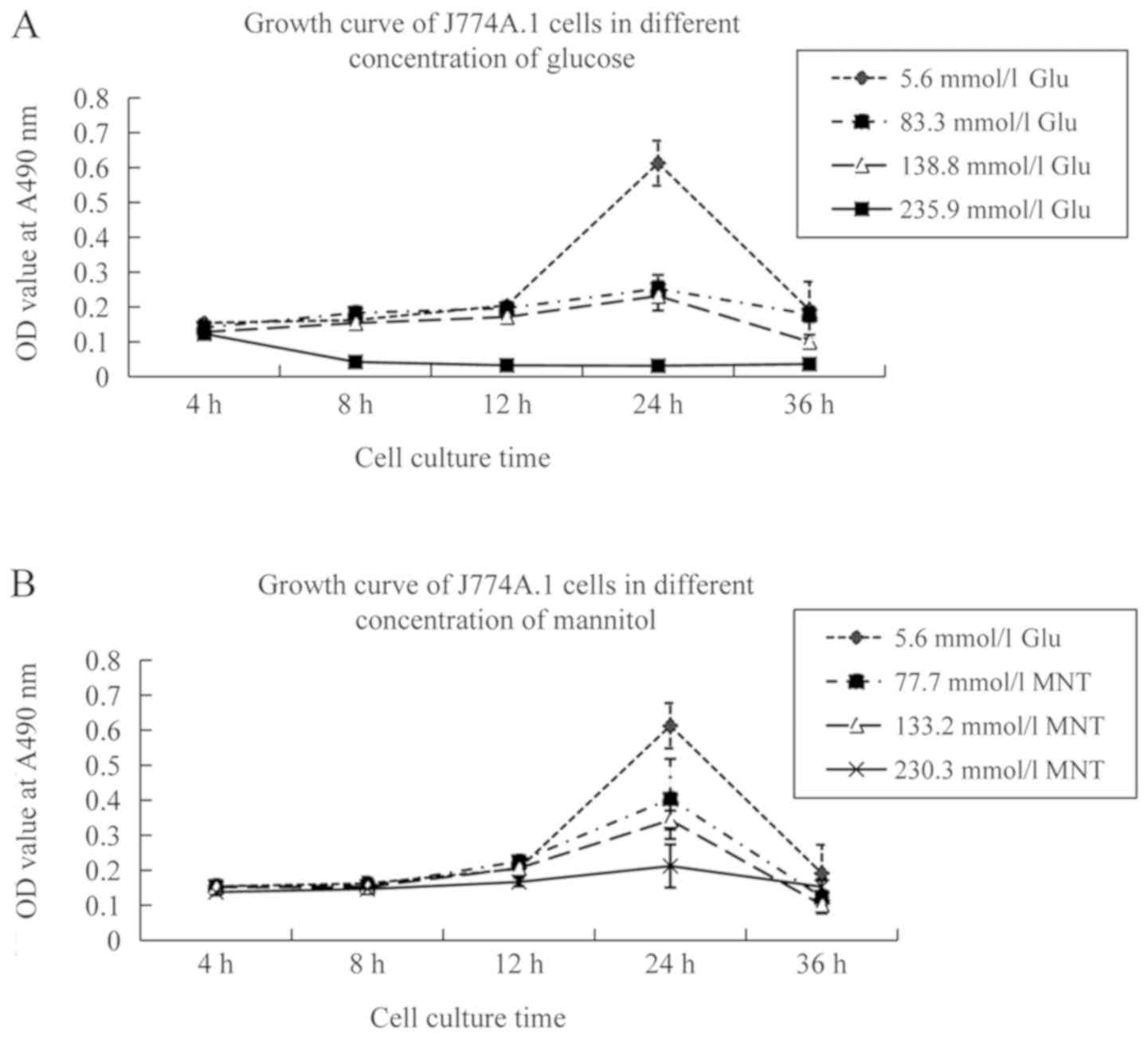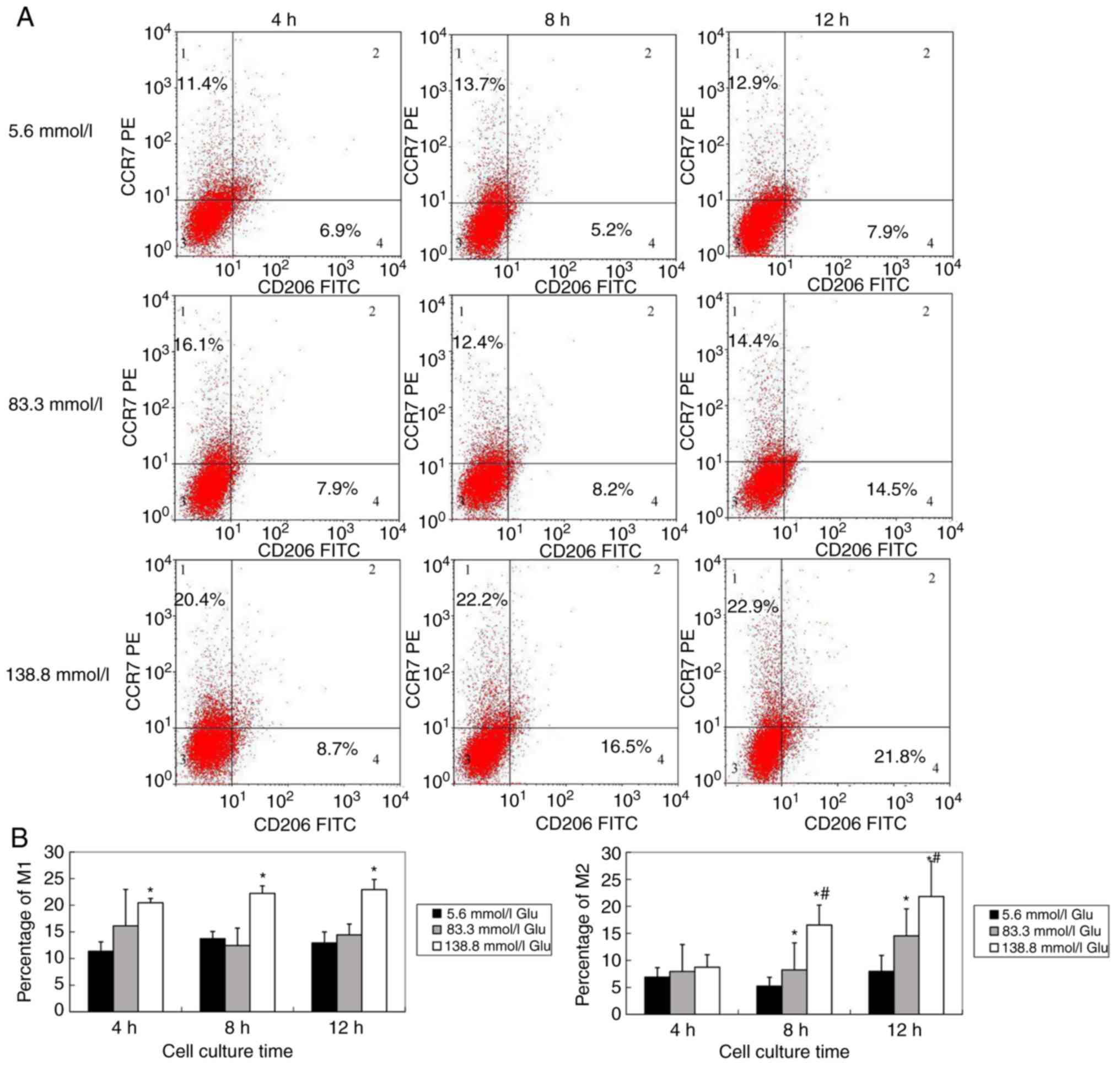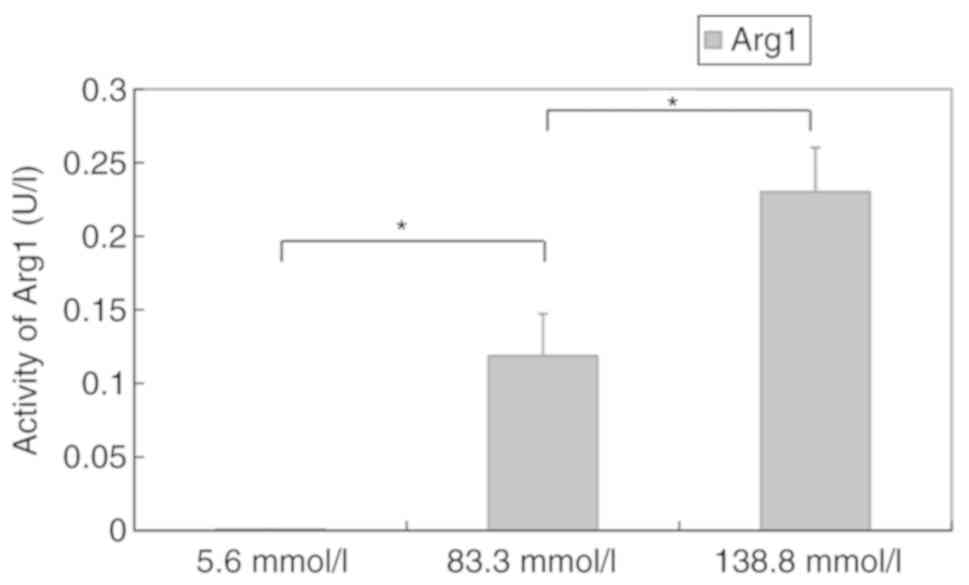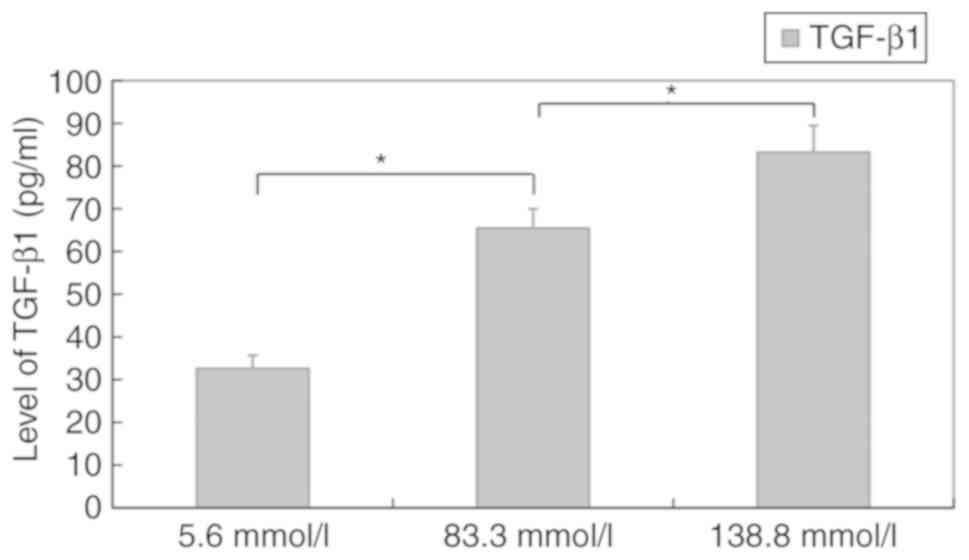|
1
|
Wong B, Ravani P, Oliver MJ, Holroyd-Leduc
J, Venturato L, Garg AX and Quinn RR: Comparison of patient
survival between hemodialysis and peritoneal dialysis among
patients eligible for both modalities. Am J Kidney Dis. 71:344–351.
2018. View Article : Google Scholar : PubMed/NCBI
|
|
2
|
Cho Y, Badve S, Hawley C, Wiggins K and
Johnson D: Biocompatible peritoneal dialysis fluids: Clinical
outcomes. Int J Nephrol. 2012:8126092012. View Article : Google Scholar : PubMed/NCBI
|
|
3
|
Davies S: Unraveling the mechanisms of
progressive peritoneal membrane fibrosis. Kidney Int. 89:1185–1187.
2016. View Article : Google Scholar : PubMed/NCBI
|
|
4
|
Liappas G, González-Mateo GT, Sánchez-Díaz
R, Lazcano JJ, Lasarte S, Matesanz-Marín A, Zur R, Ferrantelli E,
Ramírez LG, Aguilera A, et al: Immune-regulatory molecule CD69
controls peritoneal fibrosis. J Am Soc Nephrol. 27:3561–3576. 2016.
View Article : Google Scholar : PubMed/NCBI
|
|
5
|
Liao CT, Andrews R, Wallace LE, Khan MW,
Kift-Morgan A, Topley N, Fraser DJ and Taylor PR: Peritoneal
macrophage heterogeneity is associated with different peritoneal
dialysis outcomes. Kidney Int. 91:1088–1103. 2017. View Article : Google Scholar : PubMed/NCBI
|
|
6
|
Locati M, Curtale G and Mantovani A:
Diversity, mechanisms, and significance of macrophage plasticity.
Annu Rev Pathol. 15:123–147. 2020. View Article : Google Scholar : PubMed/NCBI
|
|
7
|
Gordon S, Plüddemann A and Martinez
Estrada F: Macrophage heterogeneity in tissues: Phenotypic
diversity and functions. Immunol Rev. 262:36–55. 2014. View Article : Google Scholar : PubMed/NCBI
|
|
8
|
Mantovani A, Sica A, Sozzani S, Allavena
P, Vecchi A and Locati M: The chemokine system in diverse forms of
macrophage activation and polarization. Trends Immunol. 25:677–686.
2004. View Article : Google Scholar : PubMed/NCBI
|
|
9
|
Murray P, Allen J, Biswas S, Fisher E,
Gilroy D, Goerdt S, Gordon S, Hamilton J, Ivashkiv L, Lawrence T,
et al: Macrophage activation and polarization: Nomenclature and
experimental guidelines. Immunity. 41:14–20. 2014. View Article : Google Scholar : PubMed/NCBI
|
|
10
|
Gordon S and Martinez F: Alternative
activation of macrophages: Mechanism and functions. Immunity.
32:593–604. 2010. View Article : Google Scholar : PubMed/NCBI
|
|
11
|
Xue J, Sharma V, Hsieh M, Chawla A, Murali
R, Pandol S and Habtezion A: Alternatively activated macrophages
promote pancreatic fibrosis in chronic pancreatitis. Nat Commun.
6:71582015. View Article : Google Scholar : PubMed/NCBI
|
|
12
|
Hu W, Jiang Z, Zhang Y, Liu Q, Fan J, Luo
N, Dong X and Yu X: Characterization of infiltrating macrophages in
high glucose-induced peritoneal fibrosis in rats. Mol Med Rep.
6:93–99. 2012.PubMed/NCBI
|
|
13
|
Bartosova M, Schaefer B, Vondrak K, Sallay
P, Taylan C, Cerkauskiene R, Dzierzega M, Milosevski-Lomic G,
Büscher R, Zaloszyc A, et al: Peritoneal dialysis vintage and
glucose exposure but not peritonitis episodes drive peritoneal
membrane transformation during the first years of PD. Front
Physiol. 10:3562019. View Article : Google Scholar : PubMed/NCBI
|
|
14
|
Mehrotra R, Devuyst O, Davies S and
Johnson D: The current state of peritoneal dialysis. J Am Soc
Nephrol. 27:3238–3252. 2016. View Article : Google Scholar : PubMed/NCBI
|
|
15
|
Helmke A, Nordlohne J, Balzer MS, Dong L,
Rong S, Hiss M, Shushakova N, Haller H and von Vietinghoff S:
CX3CL1-CX3CR1 interaction mediates macrophage-mesothelial cross
talk and promotes peritoneal fibrosis. Kidney Int. 95:1405–1417.
2019. View Article : Google Scholar : PubMed/NCBI
|
|
16
|
Pellicoro A, Ramachandran P, Iredale J and
Fallowfield J: Liver fibrosis and repair: Immune regulation of
wound healing in a solid organ. Nat Rev Immunol. 14:181–194. 2014.
View Article : Google Scholar : PubMed/NCBI
|
|
17
|
Palomar R, López-Hoyos M, Morales P, Marín
MJ, Alvarez L, Ruiz-Soto M, Rodrigo E, Fernandez-Fresnedo G, Lm de
Francisco A and Arias M: Analysis of peritoneal leukocyte
population with different dialysis fluids. Clin Nephrol.
72:137–142. 2009. View
Article : Google Scholar : PubMed/NCBI
|
|
18
|
Habib SM, Abrahams AC, Korte MR, Zietse R,
de Vogel LL, Boer WH, Dendooven A, Clahsen-van Groningen MC and
Betjes MG: CD4-positive T Cells and M2 macrophages dominate the
peritoneal infiltrate of patients with encapsulating peritoneal
sclerosis. PLoS One. 10:e01201742015. View Article : Google Scholar : PubMed/NCBI
|
|
19
|
Kushiyama T, Oda T, Yamada M, Higashi K,
Yamamoto K, Oshima N, Sakurai Y, Miura S and Kumagai H: Effects of
liposome-encapsulated clodronate on chlorhexidine gluconate-induced
peritoneal fibrosis in rats. Nephrol Dial Transplant. 26:3143–3154.
2011. View Article : Google Scholar : PubMed/NCBI
|
|
20
|
Wang J, Jiang ZP, Su N, Fan JJ, Ruan YP,
Peng WX, Li YF and Yu XQ: The role of peritoneal alternatively
activated macrophages in the process of peritoneal fibrosis related
to peritoneal dialysis. Int J Mol Sci. 14:10369–10382. 2013.
View Article : Google Scholar : PubMed/NCBI
|
|
21
|
Shang Y, Fang N, Wang F, Wang H, Wang Z,
Tang M, Peng J, Zhang Y, Zhang W and Zhong M: MicroRNA-21, induced
by high glucose, modulates macrophage apoptosis via programmed cell
death 4. Mol Med Rep. 12:463–469. 2015. View Article : Google Scholar : PubMed/NCBI
|
|
22
|
Pavlou S, Lindsay J, Ingram R, Xu H and
Chen M: Sustained high glucose exposure sensitizes macrophage
responses to cytokine stimuli but reduces their phagocytic
activity. BMC Immunol. 19:242018. View Article : Google Scholar : PubMed/NCBI
|
|
23
|
Pan Y, Wang Y, Cai L, Cai Y, Hu J, Yu C,
Li J, Feng Z, Yang S, Li X and Liang G: Inhibition of high
glucose-induced inflammatory response and macrophage infiltration
by a novel curcumin derivative prevents renal injury in diabetic
rats. Br J Pharmacol. 166:1169–1182. 2012. View Article : Google Scholar : PubMed/NCBI
|
|
24
|
Qin Q, Niu J, Wang Z, Xu W, Qiao Z and Gu
Y: Astragalus membranaceus inhibits inflammation via phospho-P38
mitogen-activated protein kinase (MAPK) and nuclear factor (NF)-κB
pathways in advanced glycation end product-stimulated macrophages.
Int J Mol Sci. 13:8379–8387. 2012. View Article : Google Scholar : PubMed/NCBI
|
|
25
|
Pauleau AL, Rutschman R, Lang R, Pernis A,
Watowich S and Murray P: Enhancer-mediated control of
macrophage-specific arginase I expression. J Immunol.
172:7565–7573. 2004. View Article : Google Scholar : PubMed/NCBI
|
|
26
|
Gotoh T, Sonoki T, Nagasaki A, Terada K,
Takiguchi M and Mori M: Molecular cloning of cDNA for nonhepatic
mitochondrial arginase (arginase II) and comparison of its
induction with nitric oxide synthase in a murine macrophage-like
cell line. FEBS Lett. 395:119–122. 1996. View Article : Google Scholar : PubMed/NCBI
|
|
27
|
Strippoli R, Moreno-Vicente R, Battistelli
C, Cicchini C, Noce V, Amicone L, Marchetti A, Del Pozo M and
Tripodi M: Molecular mechanisms underlying peritoneal EMT and
fibrosis. Stem Cells Int. 2016:35436782016. View Article : Google Scholar : PubMed/NCBI
|
|
28
|
Zhou Q, Bajo MA, Del Peso G, Yu X and
Selgas R: Preventing peritoneal membrane fibrosis in peritoneal
dialysis patients. Kidney Int. 90:515–524. 2016. View Article : Google Scholar : PubMed/NCBI
|
|
29
|
Kariya T, Nishimura H, Mizuno M, Suzuki Y,
Matsukawa Y, Sakata F, Maruyama S, Takei Y and Ito Y: TGF-β1-VEGF-A
pathway induces neoangiogenesis with peritoneal fibrosis in
patients undergoing peritoneal dialysis. Am J Physiol Renal
Physiol. 314:F167–F180. 2018. View Article : Google Scholar : PubMed/NCBI
|















